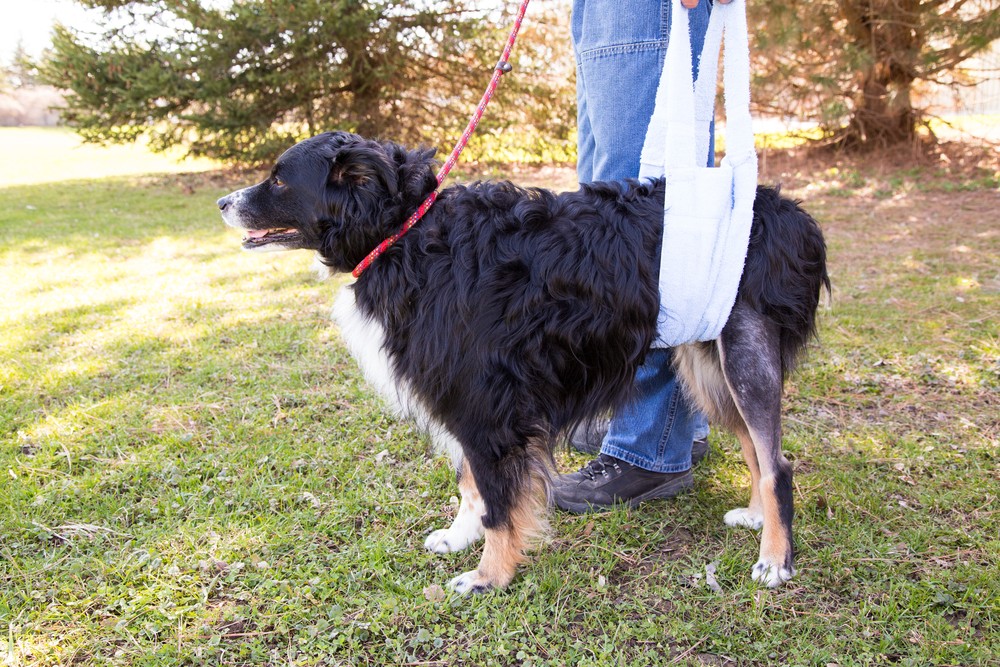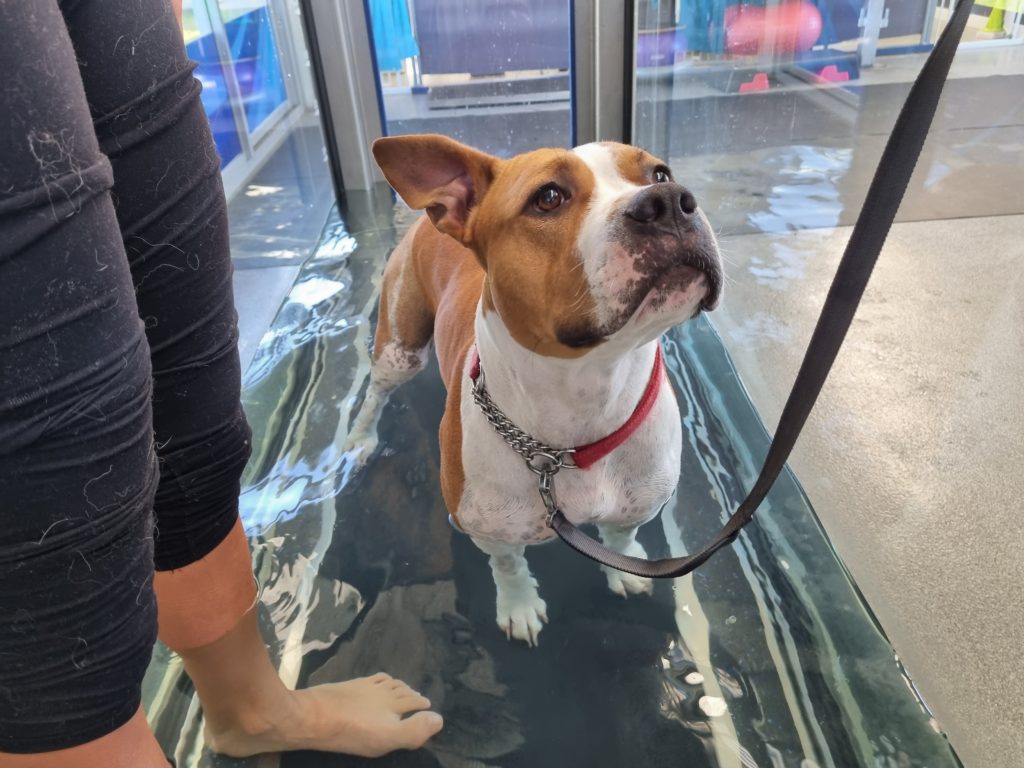Anterior Cruciate Ligament (ACL) Surgery in dogs is a big operation so you need to take steps to prepare your home, your dog, and yourself for the events that will follow. It’s said that if you fail to plan you are planning to fail. This article will guide you through the process of preparing for Dog ACL surgery, making the whole experience a lot easier for everyone involved.
Home Safety
Crating or Confined Area
Since restriction of activity for 12 or more weeks is necessary for full recovery your home will undergo small transformations. Your dog needs a comfortable area where it can relax and rest. A crate or a gate (small room) can limit the space where your dog can walk around.
When you prepare the confinement space you need to ideally get your dog used to it well before the surgery. Do the transition gradually by confining your dog for short periods in the beginning and prolong the time each day. Make the crate a good place to be, using enrichment activities to assist.
If your dog isn’t used to being confined, you may want to consider moving into the space for the first few nights/week, putting a mattress for yourself so your dog isn’t left alone.
Non-slip Flooring
The floors in your home shouldn’t be slippery. In case they are, you need to cover them with non-slip carpeting or mats. Even the slightest slip can produce disastrous damage to a healing knee.
Door Signs
Every sound that might induce sudden activity in your dog has to be avoided. Some dogs react to doorbells or a knock on the door. To keep the home quiet put a door sign explaining why no one should ring the bell or knock.
Window Coverings
Most dogs get excited when they look at other animals or people through the window. It’s advisable to avoid creating a confinement area where there are windows around. But just in case, cover all windows in the house.
Walks and Toileting
Dogs can walk the usual regiment of two short trips a day before ACL surgery. A support harness is an excellent tool and it helps to get your dog used to it. These harnesses are padded slings with handles (e.g. help ’em up harness). Other support options include using a bedsheet, towel, or wrapping a webbed leash in puppy pads.

Put multiple hangers around the home before the surgery. These will let you have easy access to harnesses and leashes whenever your dog needs to do some toileting.
If you’d like more information about walking / toileting post surgery please see our ‘Dog ACL Surgery: What to Expect‘ article.
Dealing with Boredom
Dogs freshly out of Dog ACL surgery get pretty bored pretty fast. The confinement space needs to be enriched with a handful of indestructible toys that will keep the pup entertained for hours.
Dog-friendly bones and Frozen Kongs are some of the options that will distract any dog for a while. Any other toys that seem interesting can also be added.
Other Dogs and People
If you have kids they need to be told on how to behave before and after the surgery. The whole family has to work in making the environment as safe and as quiet as possible.
It’s smart to tell all your friends, especially the ones with pets, about your current situation and that they won’t be able to visit you until your furry friend heals completely. Talking with people will brighten your mood too!
Dog ACL Surgery Checklist
This checklist is a quick reference on what to invest in before Dog ACL surgery:
- Fence/crate for a confinement area
- Non-slip carpeting or mats
- Window covering
- Comfortable dog bed
- Toys / enrichment to keep your dog entertained
- Support harness
- Wall hangers for leashes/harnesses
- Signs advising visitors not to make noise
- Dog diapers / pee pads
- Ice packs for swelling
Conclusion
Dog ACL Surgery is a big operation and takes some planning and preparation. The more prepared you are at the time of the surgery, the easier the first few days will go. Take the time to make a safe space for your dog and make sure your family members and friends are informed and understand their role in having a successful post-surgical period.

